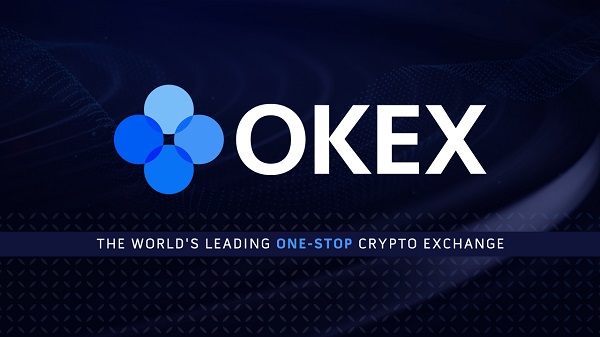Share this article
Arweave, a decentralized storage and scalability protocol, has launched a new project, Arweave AO. The protocol has since launched the public testnet for this project, inviting developers and enthusiasts to review and participate in the protocol’s evaluation.
Arweave founder Sam Williams describes the Arweave AO protocol as a “hyper parallel computer living inside Arweave” that could host parallel execution based for proof-of-stake computations.
📢 @ArweaveEco has been building something incredible:
A hyper parallel computer living inside Arweave.
PoS computation that lets any number of processes execute in parallel.
Oh, and it offers temporary storage.
All on Arweave.
Testnet: Live.
Join us: 2/27.@aoTheComputer. pic.twitter.com/9he989YvHx
— 🐘🔗 sam.arweave.dev (@samecwilliams) February 12, 2024
According to Arweave co-founder Sam Williams, the ideas for AO came from the team’s exploration of social media and AI applications on blockchain stacks which required greater transaction volumes than Arweave could currently support.
For context, Arweave has processed over 3.2 billion transactions to date, reaching an 18-month high for its native token, AR, with its market cap going over $1 billion in the past week. The token is trading at $16.13 at the time of writing, per CoinGecko data.
To date, the total data processed from over 192,000 addresses is estimated to be 89.7 million gigabytes (79.69 pebibytes).
After reassessing architectures and conducting internal testing, the AO testnet was deployed on over 220 machines globally, with multiple projects already being built.
A core design goal of Arweave AO is enhancing scalability through a modular system architecture that enables parallel transaction processing. The network is powered by a custom operating system called AOS that is compatible with the Lua programming language, aiming to facilitate a wide range of decentralized apps. Arweave AO also leverages advanced data storage capabilities for handling massive datasets like those used in AI modeling and LLMs (large language models).
According to the project’s descriptions, it is fully compatible with the Ethereum Virtual Machine. It also supports blockchain protocols that use WebAssembly binary instruction format for smart contracts.
The current testnet phase is focused on evaluating the Gateway Address Registry (GAR) and Observation Incentive Protocol (OIP), two key mechanisms for ensuring the network can scale while maintaining security.
The GAR serves as a catalog for all gateway operators participating in the network, while the OIP maintains and enhances the operational integrity of gateways on the network. The incentives program issues IO tokens to operators that provide reliable gateways, contributing to a decentralized ecosystem for its users and developers.
Prospective participants are being encouraged to set up their own gateways and experiment on
Share this article




Be the first to comment